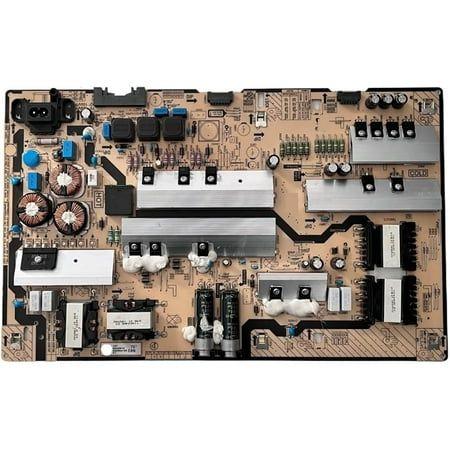Ensuring Reliability and Efficiency: A Comprehensive Look at Industrial Power Distribution Systems

Industrial facilities rely on a stable and efficient power supply to operate machinery, equipment, and processes. Industrial power distribution systems are the backbone of this power supply, responsible for delivering electricity from the utility grid to various loads within the facility. A well-designed and maintained industrial power distribution system is crucial for minimizing downtime, improving productivity, and ensuring the safety of personnel. This article provides a comprehensive overview of industrial power distribution systems, exploring their key components, design considerations, and best practices for operation and maintenance.
Key Components of Industrial Power Distribution Systems
Industrial power distribution systems typically consist of the following key components:
- Service Entrance: The point where the facility connects to the utility grid. This typically includes a main switchgear assembly with a circuit breaker or fused disconnect switch.
- Transformers: Transformers are used to step down the voltage from the utility voltage to the voltage levels required by the facility's equipment.
- Switchgear: Switchgear assemblies house circuit breakers, fuses, and other protective devices that protect the system from overloads, short circuits, and other faults.
- Panelboards: Panelboards distribute power to individual circuits within the facility.
- Motor Control Centers (MCCs): MCCs house motor starters, variable frequency drives (VFDs), and other control devices for motors.
- Cables and Conductors: Cables and conductors carry electricity throughout the system.
- Grounding System: The grounding system provides a path for fault currents to flow back to the source, protecting personnel and equipment from electrical shock.
- Power Quality Equipment: Power quality equipment such as harmonic filters and surge suppressors are used to improve the quality of the power supply.
Design Considerations for Industrial Power Distribution Systems
Designing an industrial power distribution system requires careful consideration of several factors:
- Load Requirements: The system must be designed to meet the facility's current and future load requirements. This includes determining the total power demand, the types of loads, and the voltage levels required.
- Reliability Requirements: The system must be designed to meet the facility's reliability requirements. This includes considering the consequences of power outages and the need for backup power systems.
- Safety Requirements: The system must be designed to meet all applicable safety codes and standards. This includes ensuring proper grounding, overcurrent protection, and arc flash protection.
Pesquisar
Categorias
- Art
- Causes
- Crafts
- Dance
- Drinks
- Film
- Fitness
- Food
- Jogos
- Gardening
- Health
- Início
- Literature
- Music
- Networking
- Outro
- Party
- Religion
- Shopping
- Sports
- Theater
- Wellness
Leia mais
Advantages of the Flaring and Pipe Cutting Tool Set
The flaring and pipe cutting tool set offers several advantages that make it indispensable...
Business Process Management Market Size, Demand, Growth and Trends 2034
Business process management (BPM) represents a systematic framework for designing, executing,...
Enhance Your Bathroom with Stainless Steel Drains
Hasen-Home, a trusted staniless steel shower drain factory , offers durable and stylish...
Affordable Lithium-Ion Impact Wrenches for Every Project
If you're looking for high-performance tools, the Lithium-Ion Impact Wrench Supplier is your...
Key Factors to Consider When Choosing a Banana Rollers Supplier
Choosing the Right Banana Rollers Supplier for Your Industrial Needs
In many industrial...



